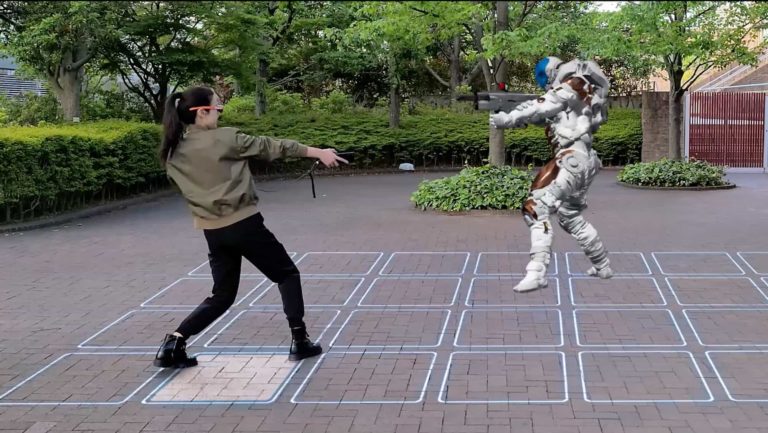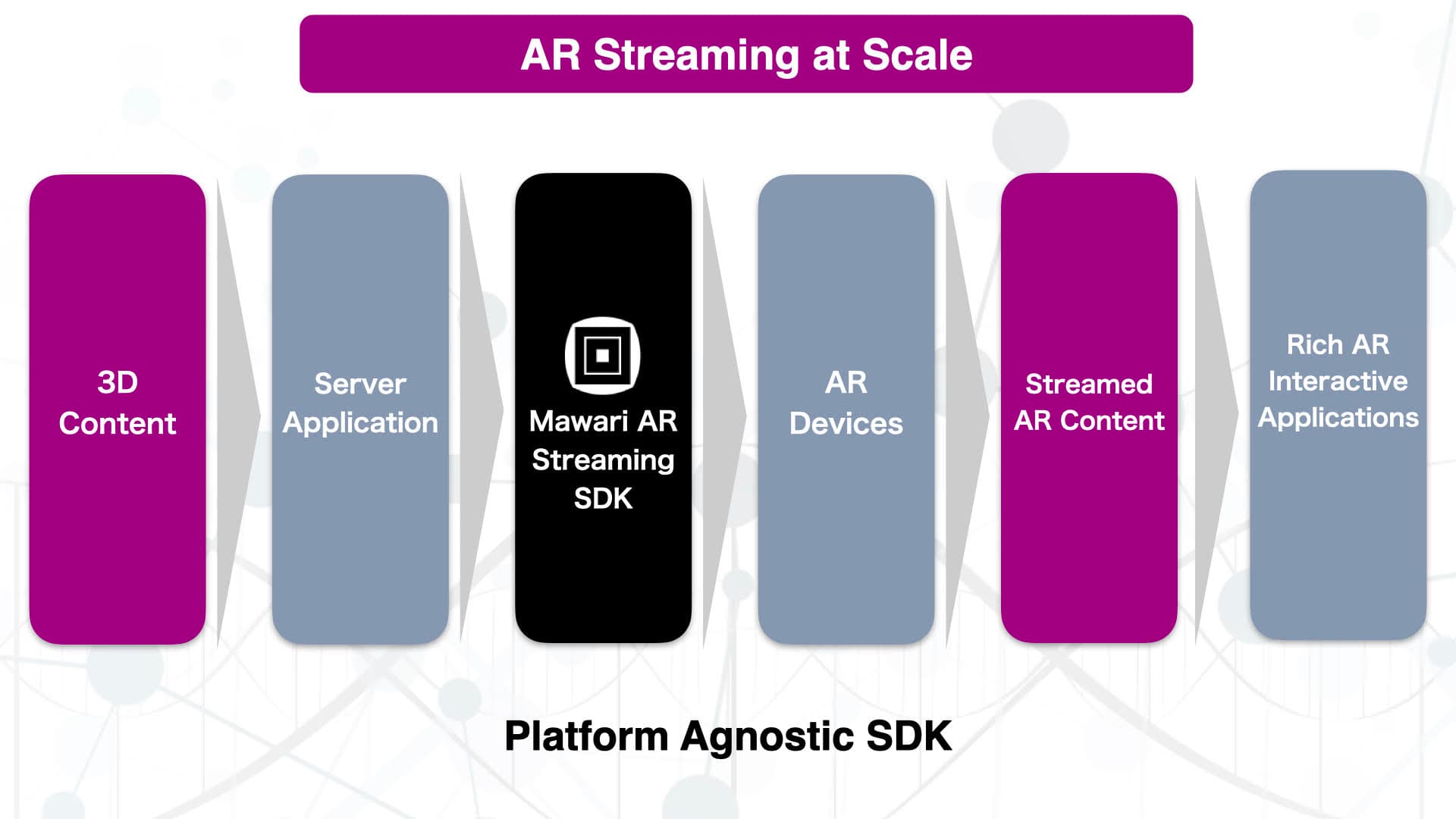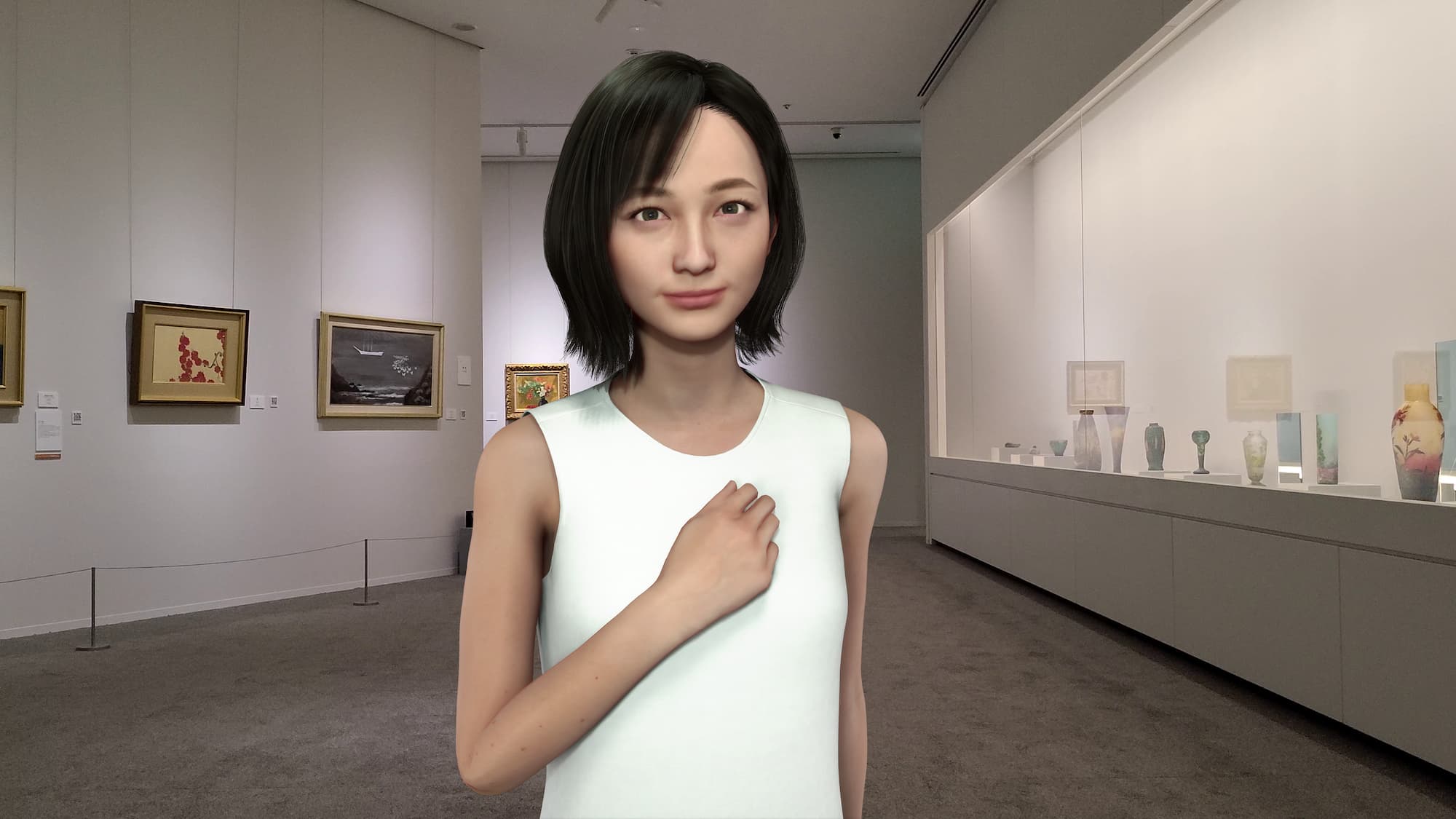
Frequent readers of this publication know that one of the most important and under-exposed AR sub-sectors is enabling technologies. Also known as “picks & shovels,” these are the tools that do the back-end heavy lifting, including developer platforms and 3D creation engines.
Even less discussed are tools that enable AR delivery and infrastructure. We’re talking about efficient compression, rendering and delivery of graphically-intense and bandwidth-hungry AR content. That’s especially an issue when the endpoints are underpowered smartphones.
In fact, it’s often taken for granted that low-poly AR lenses are delivered and rendered nicely on your Snaps and selfies. But as more substantive AR increasingly augments the broader canvas of the physical world through the rear-facing camera, efficient payloads will be critical.
5G will help, but there are still bottlenecks in device capability. To enable high throughput, you need to both widen the pipe and narrow the content. The latter is what we’ve traditionally seen with compression technologies like mp3. So what will be the mp3 of AR?
Creative Capacity
Enter Mawari. The company isn’t as well known in the U.S. as in its native Japan, but that could change soon as it expands westward (more on that in a bit). It provides an AR-focused streaming SDK that renders 3D content in the cloud and delivers it efficiently to devices.
Led by a team that’s versed in computer graphics, network technologies, entertainment and AR, the thought behind Mawari is to more intelligently assign the burden of processing and rendering. That workload is better served in the cloud than on underpowered smartphones.
This approach taps into the beefier memory and computing resources of cloud servers. Mawari’s secret sauce is then further applied in the art of streaming AR experiences to a given device. The end result is a more functional AR experience and efficient delivery system.
Consumers benefit from this, but Mawari’s main constituents are developers. By mitigating constraints like file size, it unlocks creative capacity to let them do what they do best: build AR experiences. As such, Mawari’s SDK integrates with existing AR platforms and workflows.
This dev-centric addressable market is smart given almost four-million AR creators by 2024 according to our research arm ARtillery Intelligence. This will accelerate as software continues to democratize AR creation for individuals, and make it table stakes for consumer brands.
“We’ve positioned our streaming SDK to accelerate AR’s widespread adoption,” Mawari founder & CEO Luis Ramirez told AR Insider. “And the most direct path to that goal is to go straight to the source: developers. We empower them to quench the world’s growing thirst for AR.”

Confidence Signals
Like many early-stage sectors, the AR world is filled with companies who talk a big game about their proprietary technology and its outsized value. Mawari has similar messaging, but it’s walking the walk with some noteworthy proof points and confidence signals already evident.
The biggest validation to date has come from Japanese telecom giant KDDI. It enlisted Mawari to optimize and deliver its virtual concierge. Known as Coh, this digital assistant is evoked and activated through AR devices to assist on-site visitors in retail and gallery spaces.
“This is the first smart glasses consumer-facing project for our AR streaming SDK,” Ramirez said. “Coh serves as a digital assistant in the KDDI Art Gallery, fully leveraging 5G and edge servers. It is a robust deployment that’s stable so far, and primed to run for a full year.”
In fact, digital assistants are a high-demand use case in Japan where an aging population has diminished the eligible workforce for retail environments. Going virtual allowed KDDI to both sidestep that recruiting challenge and demonstrate tech-forward brand behavior.
This use case is also applicable on a broader scale. In western markets, we project growth in AR-delivered virtual spokespeople in retail outlets. This will grow as a function of AR’s organic evolution, as well as some of the “touchless” interactions of a post-covid retail world.
Beyond retail and commerce, we’ll see avatar-based experiences in social AR (holograms of your friends) and gaming (geo-anchored game elements). And beyond spokespeople and avatars altogether, Mawari has broader applicability to any high-throughput AR.

Leading Indicator
As noted, Mawari has done most of its work so far in Japan, but is in the process of western expansion to the U.S. and Europe. In fact, Mawari’s work in Japan primes it for AR formats and use cases that will begin to develop in the U.S. and other western markets.
As with sectors like gaming and consumer electronics, Japan is seen as a leading indicator for AR and VR development. Joining this product-based edge is a cultural one: Mawari’s operational protocols have been forged in the culturally-driven rigors of the Japanese market.
Specifically, Japanese business culture contrasts Silicon Valley’s agile software approach where products can be released half-baked. That doesn’t fly in Japan — especially for clients like KDDI — which has forced Mawari to learn how to run faster and harder to deliver stable software.
As for its business model, the self-funded and profitable Mawari derives revenue through a combination of Saas and revenue share. Like the “picks & shovels” classification mentioned above, this puts Mawari in another category that we’re bullish on: “AR as a service.”
Meanwhile, Mawari fills a key gap in AR’s evolutionary arc to deliver graphically-intensive experiences to far-flung AR devices. That’s smartphones today and tightly-integrated AR glasses tomorrow. The through line in that hardware progression will be smart content delivery.“
“AR can’t reach its true potential until its experiences are scalable, seamless and truly immersive,” said Ramirez. That’s where we come in. By removing the biggest bottlenecks, we’re unleashing creativity among worldwide AR developers and unlocking the technology’s next era.
For more on Mawari, see the company’s appearance at the recent AWe Nite: XR Startup Showcase, starting at minute 52.






